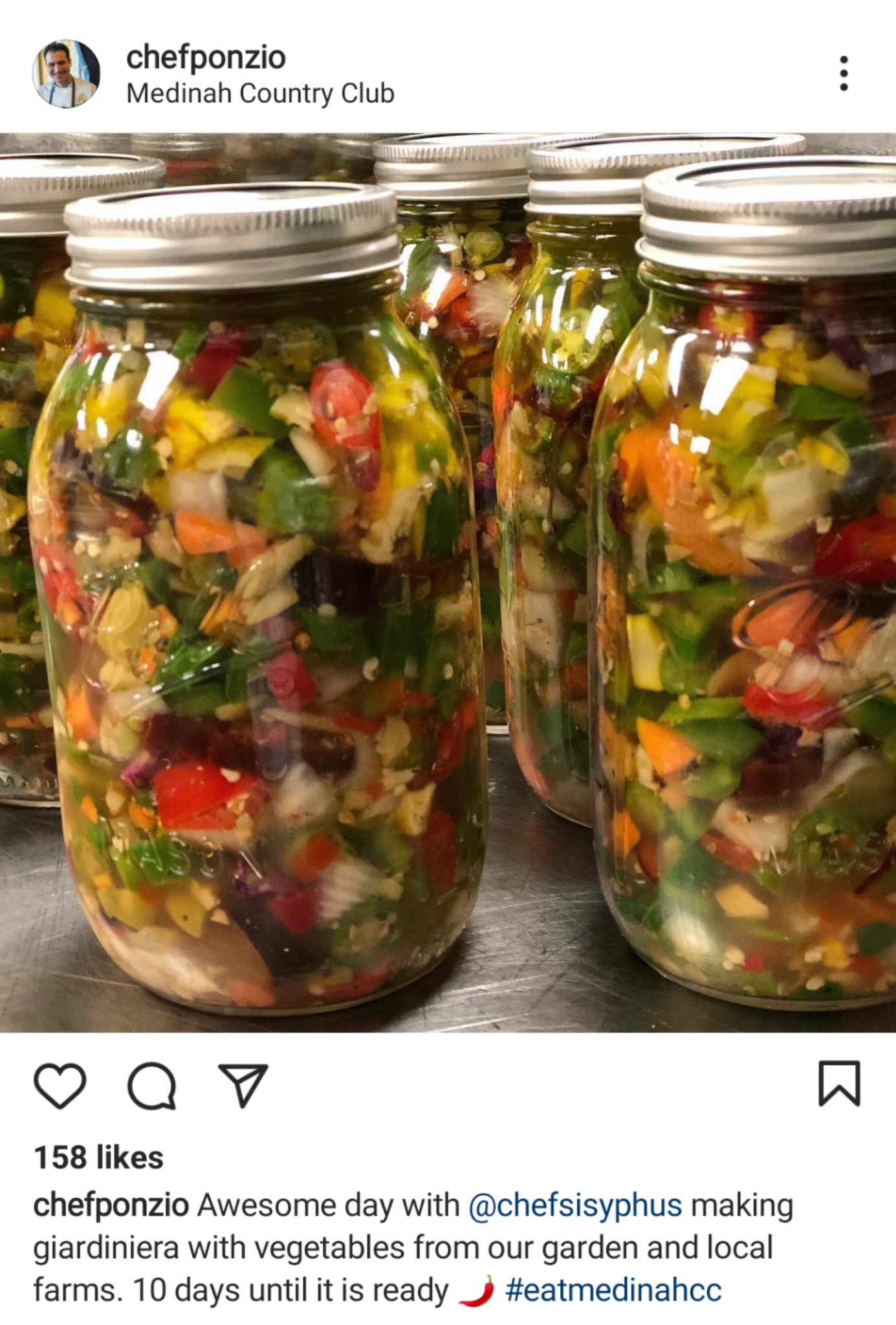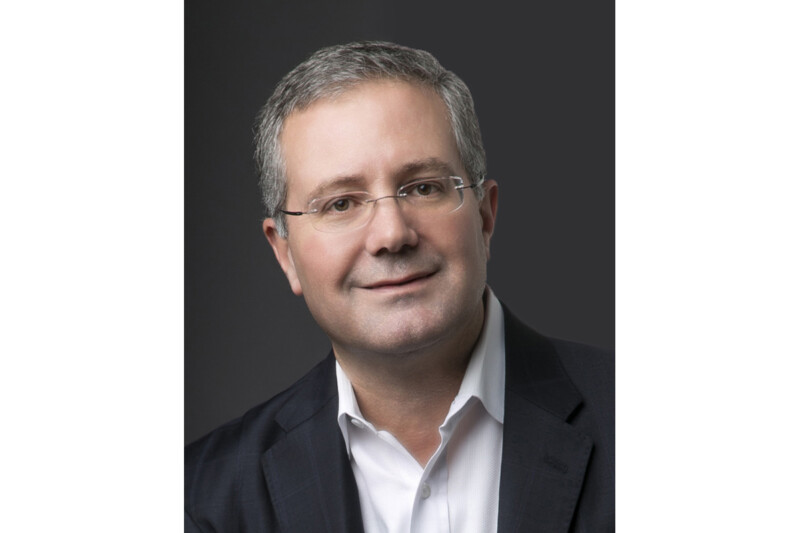Sound Bites — Chefs Highlight Practical Ways Restaurants Can Go Green

Just because one is accustomed to something does not mean it is the only — or the best — way.
From challenging consumer appetites for out-of-season menu items to retraining chefs on how to effectively use “ugly” bits of produce, five sustainability-minded chefs shared practical ways to challenge the food waste status quo during “Chefs Go Green: Reducing Food Waste in Your Kitchen,” a March 17 webinar put on by the National Restaurant Association Show and presented in collaboration with American Culinary Federation.
Panelists were: Certified Master Chef Tom Griffiths, vice president of research and development innovation at Freshly; Jennifer Hill Booker, a chef instructor, author and food advocate; Jeffrey Quasha, director of culinary innovation at Morrison Healthcare; Michael Ponzio, executive chef at Union League Club of Chicago; and George Bezanson, chef/owner of Earth’s Harvest Kitchen and Juicery and chef at The Farmer’s Dinner in New Hampshire. Jacqui Pressinger, director of strategic partnerships at ACF, hosted the event.
“I believe your staff will buy into [a sustainable] culture so long as you, as the leader of the kitchen, believe it and teach it and utilize it in your restaurant.” — Chef Jennifer Hill Booker

Chef George Bezanson said that investing in a juicer is “one of the best things [he’s] ever done” for his New Hampshire restaurant. Photo from Earth’s Harvest Kitchen & Juicery/Facebook
And just as mindfulness of profit-turning equipment is important, so is consciousness of cross-utilizing ingredients, the chefs touted.
Quasha suggested creating menus with intention, urging chefs to purchase ingredients that serve at least three purposes. He highlighted the simplicity of the menu at successful chains such as Five Guys, reminding restaurateurs that they don’t have to “be everything.”
Quasha said cross-utilization of ingredients also was key in a ghost kitchen concept he created; with just 37 ingredients, he said, they were able to generate 10 different pop-up concepts.
“It’s very easy to do, but you’re going to have to take a big step back and take a look at all the products that you’re purchasing and then of course challenge some of the people that are producing those products for you if they can help you with cross-utilization,” Quasha said.
Certainly, any restaurant’s approach to tackling food waste needs to be an all-hands-on-deck mission. But how does one get their staff on board?
Hill Booker urged visualization exercises such as dumping out the trash, sorting through it and communicating how current food waste — things like chicken bones, carrot tops, etc. — can be repurposed. To that end, several of the chefs suggested dehydrating, pickling and fermenting produce for later use.
- From apple butter to giardiniera, Michael Ponzio, executive chef at Union League Club of Chicago, repurposes seasonal produce that otherwise may have gone to waste.
- Images from @chefponzio/Instagram
“I believe your staff will buy into that culture so long as you, as the leader of the kitchen, believe it and teach it and utilize it in your restaurant,” Hill Booker said.
At the end of the day, restaurateurs need to be bold enough to try new things, Ponzio urged. Sweeping changes will not happen overnight, but when it comes to putting a dent in the eye-popping amount of food waste going to landfills each year, every ounce of reduction matters.
RELATED CONTENT
- Advertisement -
- Advertisement -
- Advertisement -
TRENDING NOW
- Advertisement -
- Advertisement -
- Advertisement -




